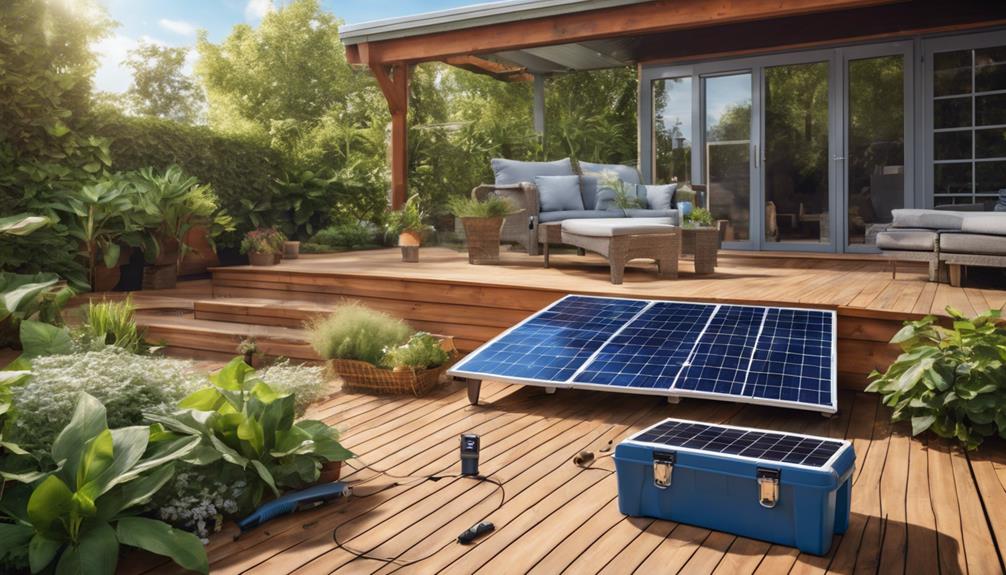
“`markdown
# How Big is One Solar Panel for a School? Understanding Solar Panel Dimensions and Benefits
Introduction to Solar Panels in Schools
As educational institutions increasingly look for sustainable energy solutions, solar panels have emerged as a popular choice. But one common question arises: how big is one solar panel for a school? Understanding the dimensions and specifications of solar panels can help schools make informed decisions about their solar energy systems. In this article, we will explore the size of solar panels, their benefits for schools, and how to evaluate the number of panels needed for effective energy generation.
Standard Dimensions of Solar Panels
Most solar panels on the market today are rectangular and typically measure about 65 inches by 39 inches (approximately 1.6 meters by 1 meter). This size is common for residential and commercial solar panels, making them suitable for school installations. However, the actual dimensions can vary depending on the manufacturer and the panel’s design. Some high-efficiency panels might be slightly smaller, while others designed for larger energy outputs could be larger. Understanding these dimensions is crucial for schools to assess roof space and layout for installation.
Understanding Power Output and Efficiency
The size of a solar panel directly correlates with its power output, usually measured in watts. Most standard solar panels generate between 250 to 400 watts of electricity. For schools, which have significant energy needs, it’s essential to choose panels that not only fit the available space but also meet the institution’s energy requirements. High-efficiency panels, though potentially more expensive, can produce more energy in a smaller footprint, making them ideal for schools with limited roof space.
Calculating the Number of Solar Panels Needed
To determine how many solar panels a school needs, it’s essential to assess the total energy consumption. Schools typically consume a substantial amount of electricity, especially if they have computer labs, gymnasiums, and other facilities. By analyzing the monthly electricity bill, schools can calculate their average energy consumption in kilowatt-hours (kWh). A rough estimate can be made by dividing the total energy needs by the output of a single solar panel. For example, if a school requires 10,000 kWh per month and each panel generates 300 watts (0.3 kW) for about 5 hours per day, approximately 67 panels may be needed to meet the energy demands.
Benefits of Solar Panels for Schools
Implementing solar panels in schools offers numerous benefits beyond just energy savings. Firstly, solar panels can significantly reduce electricity costs, allowing schools to allocate more funds towards educational resources. Additionally, using solar energy contributes to a school’s sustainability goals, setting a positive example for students about the importance of environmental stewardship. Furthermore, many states offer financial incentives and grants for schools that implement renewable energy solutions, making solar panels an attractive investment.
Space Considerations for Solar Panel Installation
When evaluating how big is one solar panel for a school, it’s important to also consider the available installation space. Roof space is often the primary consideration for solar panel placement, but schools can also explore options such as solar canopies over parking lots or ground-mounted solar arrays if roof space is limited. The installation site must be free from obstructions like trees and buildings that can cast shadows on the panels, as shading can significantly reduce their efficiency.
Maintenance and Longevity of Solar Panels
Solar panels are designed for longevity, with most panels having a lifespan of 25 to 30 years. This durability makes them an excellent investment for schools looking for long-term energy solutions. Maintenance is minimal, typically requiring occasional cleaning and inspections to ensure optimal performance. Understanding the maintenance needs of solar panels is crucial for schools to ensure their investment continues to pay dividends over the years. Regular maintenance can prevent issues and keep the panels operating at peak efficiency.
Conclusion: Investing in Solar Panels for Schools
In conclusion, understanding how big is one solar panel for a school is just one aspect of the many considerations involved in implementing a solar energy system. From evaluating the number of panels needed based on energy consumption to assessing installation space and maintenance requirements, schools have a wealth of factors to consider. By investing in solar panels, schools can not only reduce their energy costs but also foster a culture of sustainability, benefiting both the institution and the environment in the long run. With careful planning and execution, solar energy can provide schools with a clean, renewable power source for decades to come.
“`
This blog post is structured to provide comprehensive information on solar panels for schools while ensuring SEO optimization through the use of relevant keywords and headings.





